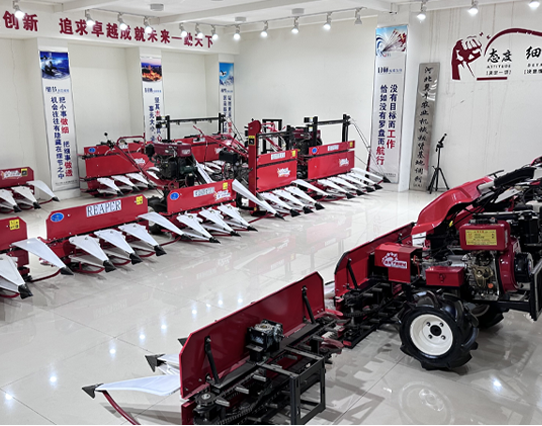Exploring the Innovative Features and Benefits of the Mini Harvester for Efficient Agriculture
The Mini Harvester Revolutionizing Small-Scale Farming
In the ever-evolving landscape of agriculture, technology continues to reshape traditional practices, making them more efficient and sustainable. One of the most significant innovations in this domain is the mini harvester. Designed specifically for small-scale farmers, mini harvesters are compact, versatile, and user-friendly, revolutionizing the way crops are harvested.
Understanding the Mini Harvester
A mini harvester typically refers to a small-scale harvesting machine equipped with advanced features that allow for efficient crop collection. Unlike conventional harvesters, which can be bulky and expensive, mini harvesters are designed to navigate smaller fields and gardens, making them more accessible to farmers with limited resources. These machines can be powered by diesel, electricity, or even solar energy, catering to different farming needs and environments.
Features and Benefits
One of the standout features of mini harvesters is their adaptability. They can harvest a variety of crops, including grains, legumes, and even certain vegetables. This versatility is particularly beneficial for smallholder farmers who often diversify their production. Additionally, mini harvesters require less technical expertise to operate, allowing farmers to quickly learn and adopt this technology.
Another significant advantage is their size. Mini harvesters can easily maneuver in tight spaces where larger machinery would struggle. This makes them ideal for small fields, orchards, and vegetable farms, which are prevalent in many rural areas. With the ability to work in diverse terrains and under varying weather conditions, these harvesters ensure that farmers can maximize their yield even in challenging environments.
mini harvester

Economic Impact
The economic implications of adopting mini harvesters are profound. Firstly, they enhance productivity by significantly reducing the time and labor required for harvesting. Manual harvesting can be labor-intensive and time-consuming, and it often leads to crop wastage. Mini harvesters streamline the process, allowing farmers to reap their crops more efficiently and with minimal loss. This translates into higher yields and improved profitability for smallholder farms.
Moreover, by decreasing reliance on manual labor, mini harvesters can alleviate labor shortages—a common challenge in many agricultural regions due to urban migration. As younger generations move to cities in search of better opportunities, the aging farming workforce struggles to keep pace with harvesting demands. Mini harvesters help bridge this gap, allowing farms to maintain productivity without the need for a large labor force.
Sustainability and Environmental Considerations
In addition to economic benefits, mini harvesters also contribute to sustainable farming practices. With the capacity to reduce soil compaction and minimize damage to crops, they promote healthier ecosystems. Furthermore, many modern mini harvesters are designed with energy efficiency in mind, using less fuel and emitting fewer greenhouse gases compared to traditional machinery. This alignment with sustainability principles is increasingly important as farmers and consumers alike become more conscious of environmental impact.
Conclusion
As the agricultural sector continues to innovate, mini harvesters represent a crucial step towards promoting sustainable and efficient farming practices. Their adaptability, economic benefits, and environmental considerations make them an ideal choice for small-scale farmers looking to improve their operations. By empowering farmers with the right tools, we can ensure food security and enhance rural livelihoods, paving the way for a more prosperous and sustainable agricultural future. The mini harvester not only symbolizes technological advancement but also embodies hope for the sustainability of smallholder farming around the world.
Latest news
-
When to Upgrade Your Old Forage HarvesterNewsJun.05,2025
-
One Forage Harvester for All Your NeedsNewsJun.05,2025
-
Mastering the Grass Reaper MachineNewsJun.05,2025
-
How Small Farms Make Full Use of Wheat ReaperNewsJun.05,2025
-
Harvesting Wheat the Easy Way: Use a Mini Tractor ReaperNewsJun.05,2025
-
Growing Demand for the Mini Tractor Reaper in AsiaNewsJun.05,2025
